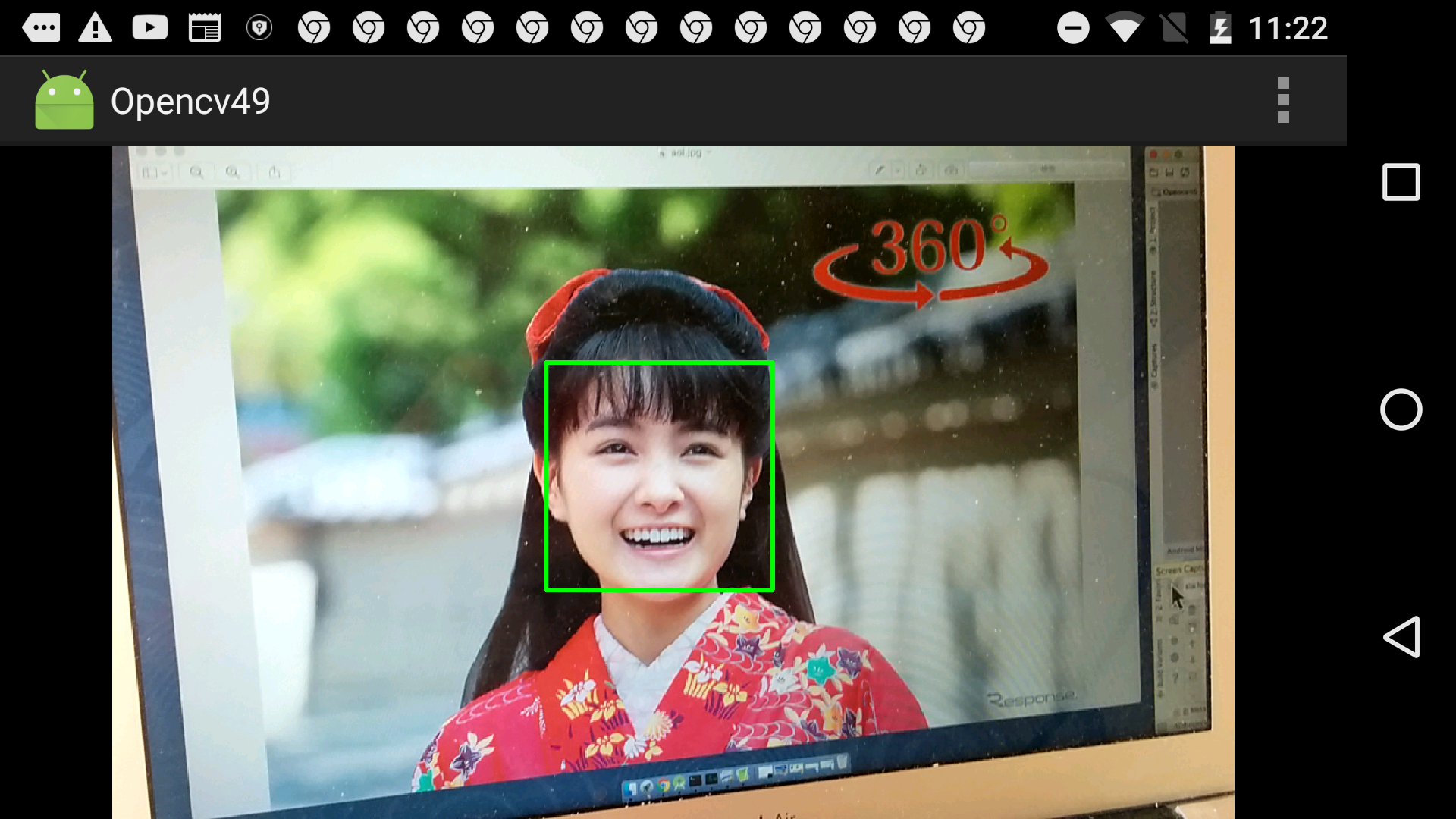


As the framework uses the GPU to perform all its image processing operations, it can only accept OpenGL textures as its input. Java and OpenJDK are trademarks or registered trademarks of Oracle and/or its affiliates.Android's Media Effects framework allows developers to easily apply lots of impressive visual effects to photos and videos. Additional sample codeĬontent and code samples on this page are subject to the licenses described in the Content License. Respond to touch events Learn how to do basic interaction with OpenGL graphics. Add motion Learn how to do basic movement and animation of drawn objects with OpenGL. Apply projection and camera views Learn how to use projection and camera views to get a new perspective on your drawn Draw shapes Learn how to draw OpenGL shapes in your application. Define shapes Learn how to define shapes and why you need to know about faces and winding. Lessons Build an OpenGL ES environment Learn how to set up an Android application to be able to draw OpenGL graphics. Note: Be careful not to mix OpenGL ES 1.x API calls with OpenGLĮS 2.0 methods! The two APIs are not interchangeable and trying to use them together only results inįrustration and sadness. For more information about versions of OpenGL ES, see the

The example code in this class uses the OpenGL ES 2.0 APIs, which is the recommended API version Setup, drawing objects, moving drawn elements and responding to touch input. This class walks you through the basics of developing applications that use OpenGL, including OpenGL ES APIs provided by the Android framework offers a set of tools for displaying high-end,Īnimated graphics that are limited only by your imagination and can also benefit from theĪcceleration of graphics processing units (GPUs) provided on many Android devices. Screen, or are venturing into three dimensional graphics, you need to use a different tool. However, if you want more control of what your application draws on The Android framework provides plenty of standard tools for creating attractive, functional


 0 kommentar(er)
0 kommentar(er)
